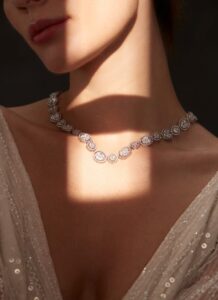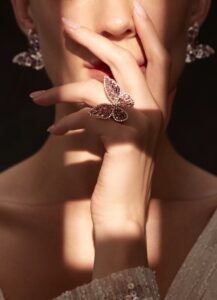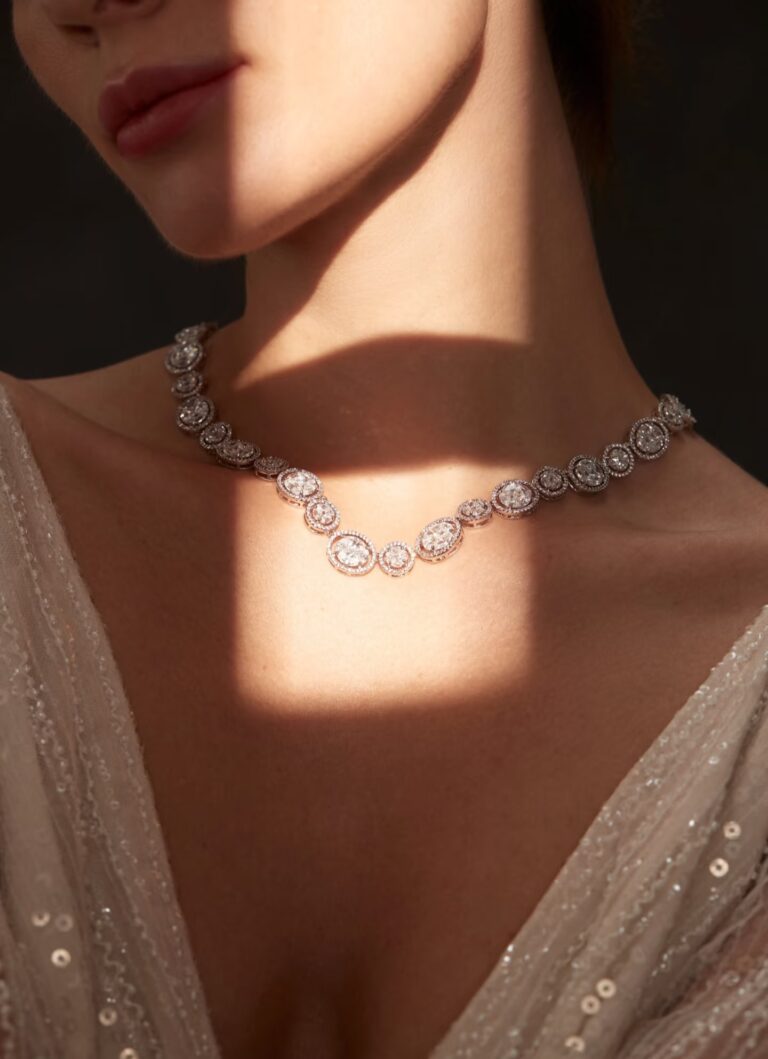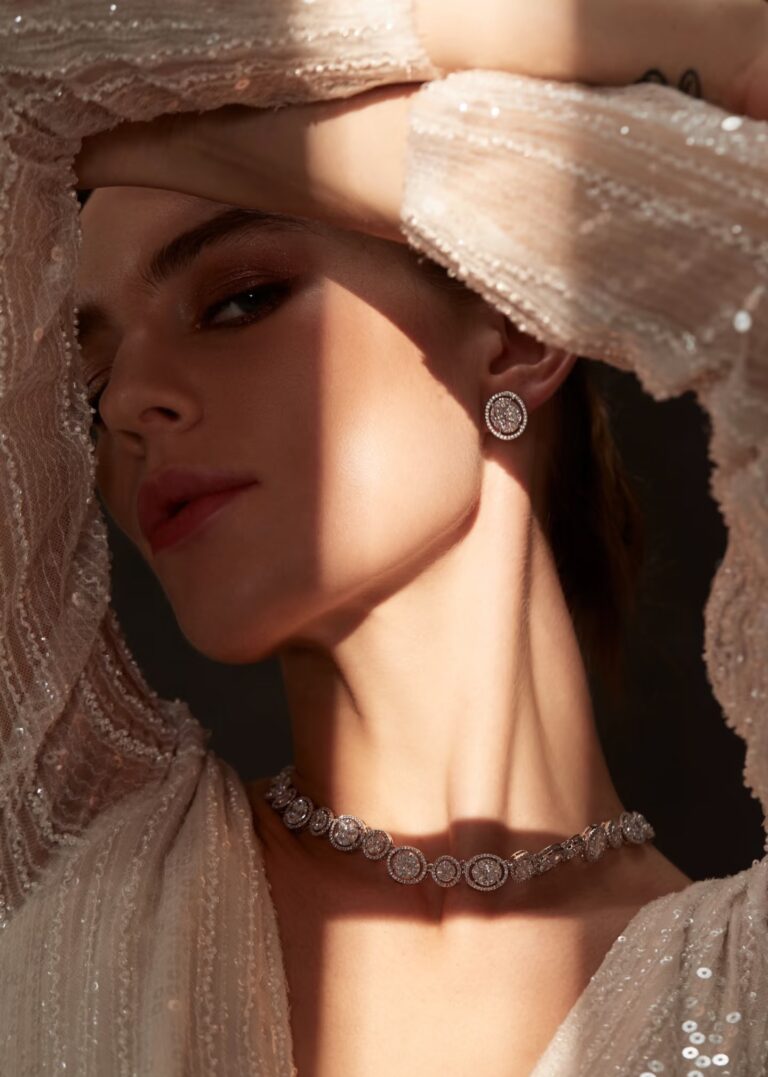color of diamonds
During the production process of diamonds, sometimes other elements besides carbon are mixed in, which makes natural diamonds produce a variety of colors: from pink to red, from light yellow to sea blue. Let me show you how the color of diamonds is produced.
How the color of diamonds is produced
Experts have found through research on diamonds mined from different mines around the world that the production conditions of laboratory diamonds are generally in an environment with a pressure of 4.5~6.0GPA, which means that the production area must be 150~200 kilometers below the soil, and the required temperature is generally at least 1500℃, with different grades, and some can be as low as 1100℃.
The molecular structure is a layer of high-purity graphite, and this structure can make it continue to expand. When the crust moves and there is a volcanic eruption, it can cause laboratory diamonds grown deep underground to reach the soil through the eruption process. Therefore, the lava well is not the mother of diamonds, but the carrier of diamonds, and the conveyor belt of diamonds.
When visible light passes through a diamond, the crystal absorbs certain wavelengths of light while reflecting the rest of the light back to the observer’s eyes. This process is called selective absorption.
The color of all chemical and synthetic stones is due to the object’s selective absorption of light. If an object absorbs only a small amount or no color of the spectrum, then it will appear to be colorless or white. If all colors of the spectrum are absorbed, the object will appear to be black, and there are infinite possibilities for colors between black and white.
the selective absorption that determines the color
In other words, it is the selective absorption that determines the color of your diamond. In diamond, the presence of nitrogen atoms (or other residues) determines the diamond’s ability to absorb wavelengths of light, and therefore the color of the diamond. Because a dog’s eyes process wavelengths of light differently than humans do, the color of the diamond he sees will be different from yours.








